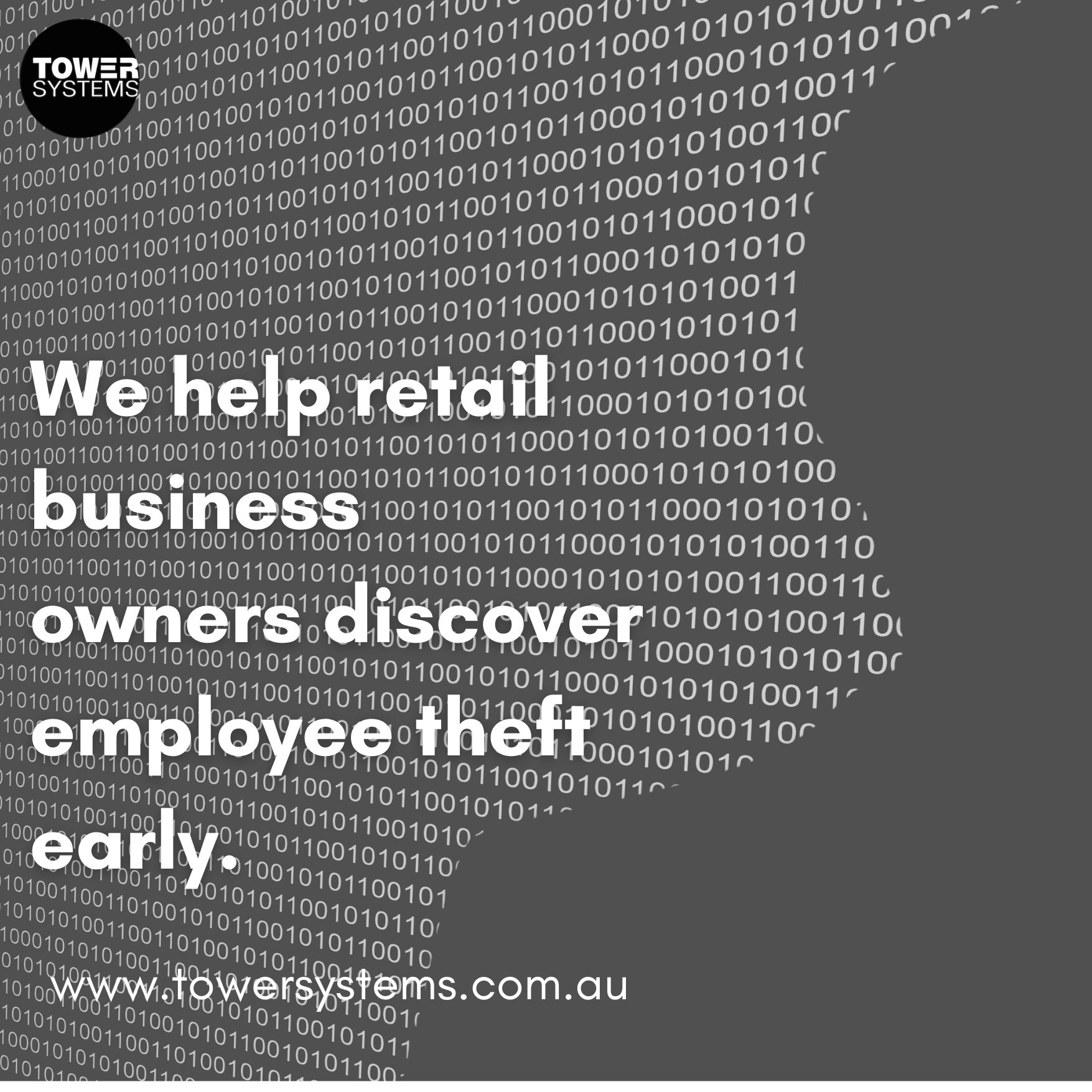Theft in retail businesses presents a persistent challenge, often remaining undetected until long after the event has occurred. This lag in discovery frequently stems from an underestimation of the problem’s prevalence, particularly when considering the possibility of employee theft.
Tower Systems helps local small business retailers detect and deal with employee theft.
Our POS software meticulously tracks alterations to transactions, including deleted items, cancelled sales and more. This valuable data is typically stored within a secure, less obvious section of the software, separate from standard reporting functions.
In roughly one out of every ten instances where we have accessed concealed transactional data for a retailer utilising our POS software, we have uncovered indicators of potentially dishonest activity. By carefully analysing this data in conjunction with supporting evidence such as closed-circuit television (CCTV) footage and employee rosters, patterns of suspicious behaviour and individuals of interest often emerge, sometimes with clear visual confirmation of misappropriated funds.
While we will not divulge the specific keystroke patterns that can signal fraudulent activity – information that has been rigorously tested and accepted in court proceedings where we have people who have served as expert witnesses for the prosecution – we urge retailers to actively engage with the theft detection and mitigation capabilities embedded within their POS systems. Take the time to understand these features and integrate them into your operational practices. Importantly, maintain discretion regarding your monitoring activities.
A common, yet potentially counterproductive, approach some retailers adopt is to implement stringent system lockdowns, aiming to minimise opportunities for theft. While the intention is understandable, individuals determined to steal will often find ways to circumvent these restrictions. Furthermore, excessively restrictive measures can inadvertently complicate the very detection processes you need in place.
Instead of creating an overly fortified environment, we advise against excessive POS software restrictions. Granting employees reasonable access while diligently monitoring their activity – guided by your POS software provider’s recommendations on leveraging the system’s data – offers a more effective strategy for identifying potential issues.
The financial consequences of undetected employee theft can be substantial. In our experience, the cost of individual theft cases has ranged from $5,000 to a staggering $245,000. In each of these instances, the proactive utilisation of the hidden data tools we have described could have facilitated earlier detection, thereby significantly mitigating the financial and emotional toll on the business and those associated with it.
Thank you for taking the time to read this. It is often the case that the topic of theft only gains traction when its impact is felt personally. However, by proactively engaging with the tools at your disposal, you can take meaningful steps to protect your business and your livelihood.


Recent Comments